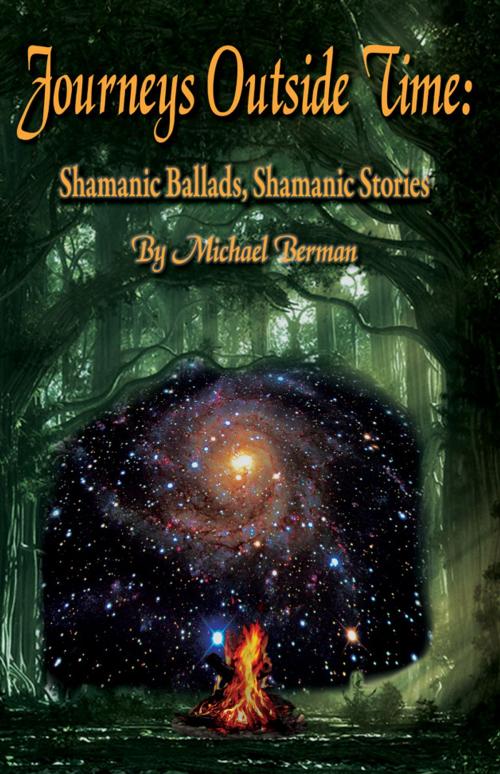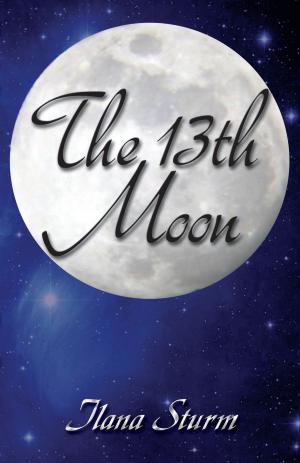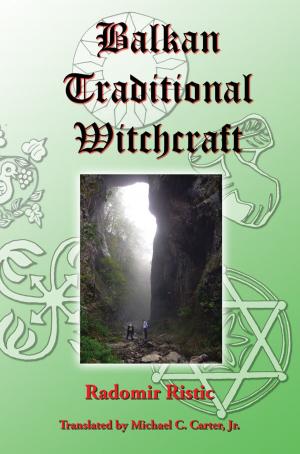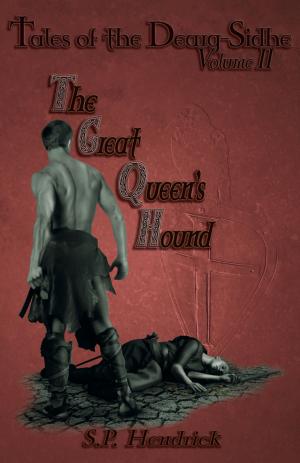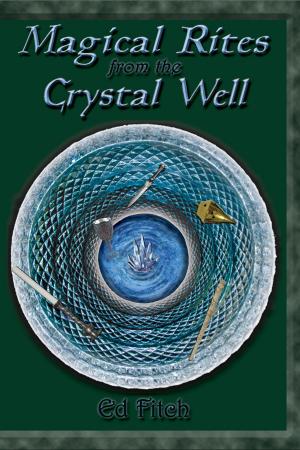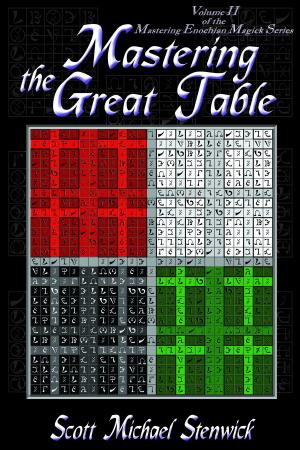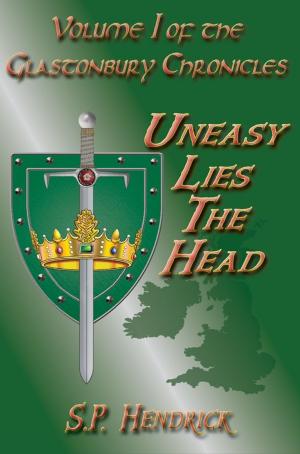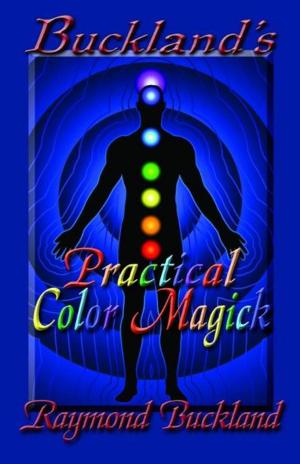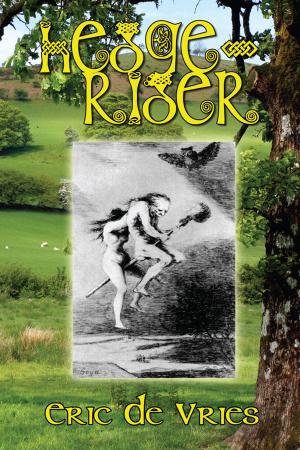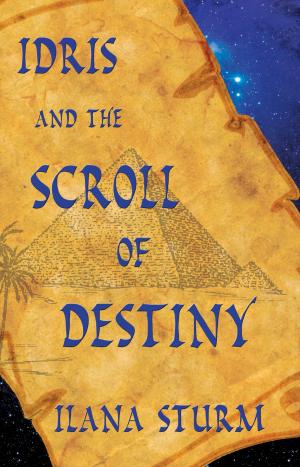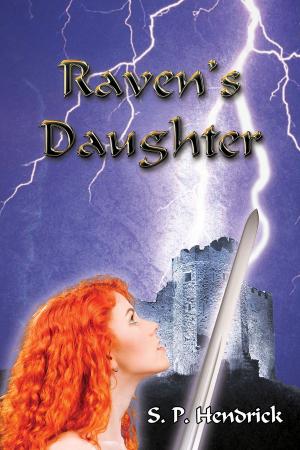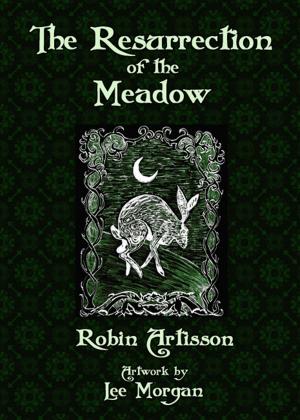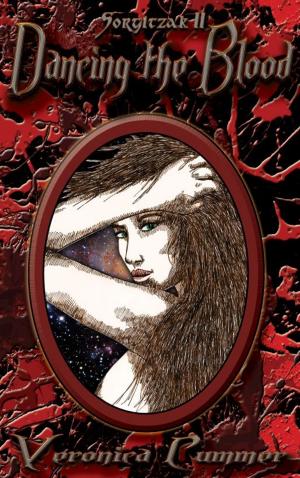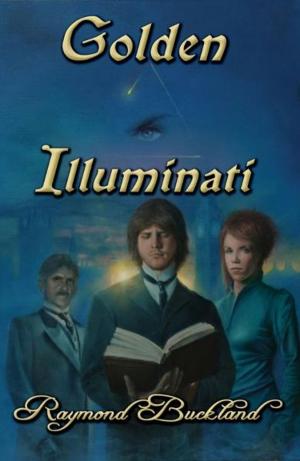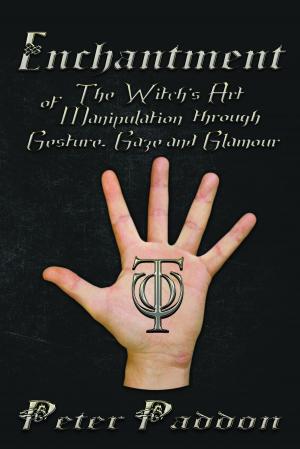Journeys Outside Time: Shamanic Ballads, Shamanic Stories
Nonfiction, Religion & Spirituality, New Age, Mysticism| Author: | MIchael Berman PhD | ISBN: | 9781936922215 |
| Publisher: | Pendraig Publishing | Publication: | April 4, 2012 |
| Imprint: | Smashwords Edition | Language: | English |
| Author: | MIchael Berman PhD |
| ISBN: | 9781936922215 |
| Publisher: | Pendraig Publishing |
| Publication: | April 4, 2012 |
| Imprint: | Smashwords Edition |
| Language: | English |
A collection of stories and ballads that comprise a corpus of shamanic storytelling and praxis, as told by Michael Berman, a leading expert on storytelling as a tool and as an artform.
Michael Berman BA, MPhil, PhD, works as a teacher and a writer. Publications include A Multiple Intelligences Road to an ELT Classroom and The Power of Metaphor for Crown House, and The
Nature of Shamanism and the Shamanic Story for Cambridge Scholars Publishing. Shamanic Journeys through Daghestan and Shamanic Journeys through the Caucasus are both due to be published in
paperback by O-Books in 2009, and resource book for teachers on storytelling in 2010. Michael has been involved in teaching and teacher training for over thirty years, has given
presentations at Conferences in more than twenty countries, and hopes to have the opportunity to visit many more yet.
Although Michael originally trained as a Core Shamanic Counsellor with the Scandinavian Centre for Shamanic Studies under Jonathan Horwitz, these days his focus is more on the academic side
of shamanism, with a particular interest in the folktales with shamanic themes told by and collected from the peoples of the Caucasus. His MPhil is in Religious Studies from Lampeter
University, and his PhD, submitted to the Indian Board of Alternative Medicines, explores the concept of soul loss and the way it is dealt with in the shamanic story - a story based on or
inspired by a shamanic journey, or one that contains a number of the elements typical of such a journey. For more information please visit www.Thestoryteller.org.uk
The shaman was traditionally a "wounded healer", someone who had been through a near death experience and who was thus considered to be well suited to helping others through traumatic times
in their lives. Having survived addiction to tranquillisers, a nervous breakdown, a major heart attack, triple by-pass surgery, a serious motorbike accident, and two divorces, I suppose I
could be said to provide a good illustration of the term. However, as to whether what I have learnt along the way can be of help to others, that is for you the reader to decide!
A collection of stories and ballads that comprise a corpus of shamanic storytelling and praxis, as told by Michael Berman, a leading expert on storytelling as a tool and as an artform.
Michael Berman BA, MPhil, PhD, works as a teacher and a writer. Publications include A Multiple Intelligences Road to an ELT Classroom and The Power of Metaphor for Crown House, and The
Nature of Shamanism and the Shamanic Story for Cambridge Scholars Publishing. Shamanic Journeys through Daghestan and Shamanic Journeys through the Caucasus are both due to be published in
paperback by O-Books in 2009, and resource book for teachers on storytelling in 2010. Michael has been involved in teaching and teacher training for over thirty years, has given
presentations at Conferences in more than twenty countries, and hopes to have the opportunity to visit many more yet.
Although Michael originally trained as a Core Shamanic Counsellor with the Scandinavian Centre for Shamanic Studies under Jonathan Horwitz, these days his focus is more on the academic side
of shamanism, with a particular interest in the folktales with shamanic themes told by and collected from the peoples of the Caucasus. His MPhil is in Religious Studies from Lampeter
University, and his PhD, submitted to the Indian Board of Alternative Medicines, explores the concept of soul loss and the way it is dealt with in the shamanic story - a story based on or
inspired by a shamanic journey, or one that contains a number of the elements typical of such a journey. For more information please visit www.Thestoryteller.org.uk
The shaman was traditionally a "wounded healer", someone who had been through a near death experience and who was thus considered to be well suited to helping others through traumatic times
in their lives. Having survived addiction to tranquillisers, a nervous breakdown, a major heart attack, triple by-pass surgery, a serious motorbike accident, and two divorces, I suppose I
could be said to provide a good illustration of the term. However, as to whether what I have learnt along the way can be of help to others, that is for you the reader to decide!
